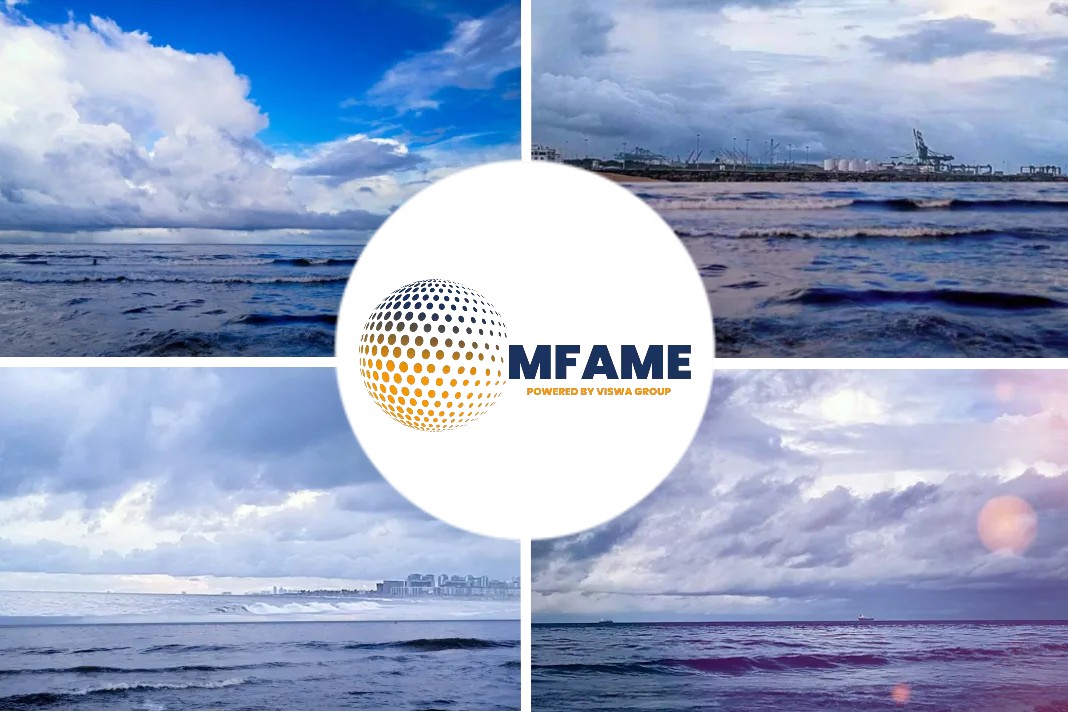
As the shipping industry seeks to hit the IMO 2050 targets, an ever-increasing amount of fuels are being touted as the game-changer that will help the industry reach those aims.
ABS is a major classification society which has recently granted approval in principle (AIP) for a small ammonia fueled vessel design. Ammonia is one of many fuels that has thrown its hat in the ring and this latest ABS approval is an important step forward given the array of difficulties users will face by using ammonia as a fuel.
What happens when ammonia is burnt?
When ammonia is burnt it produces nitrogen and water, it does not contain any carbon and therefore no CO2 is emitted during combustion. However, ammonia combustion may produce both nitrogen oxide and nitrous oxide as a by-product. Nitrous oxide is substantially more potent (around 270 times more) in terms of greenhouse effects than CO2. This risk needs to be mitigated and there are various options being explored by the industry such as the use of a catalyst or by tuning the actual combustion process to keep it within a certain temperature and pressure which can stop or severely limit the chance of nitrous oxide being produced.
When green ammonia (i.e. ammonia produced from air and water using renewable energy) is used, ammonia can be a zero-carbon fuel from a well-to-wake perspective and pending potential future changes to the CII regulations this may be a significant draw when compared to other fuels.
Ammonia a highly toxic substance
Ammonia is highly toxic to both people and the marine environment, so any on board leak would be a major emergency. Ammonia is often stored under pressure, increasing potential risks when bunkering, and a high level of alignment is needed between international regulators to ensure safety for the shore-side, the vessel and the environment.
It will be interesting to see which industry players start to place orders for ammonia-fueled vessels given the recent surge in orders for dual-fuel methanol vessels.
Did you subscribe to our daily newsletter?
It’s Free! Click here to Subscribe
Source : maritime-executive

















